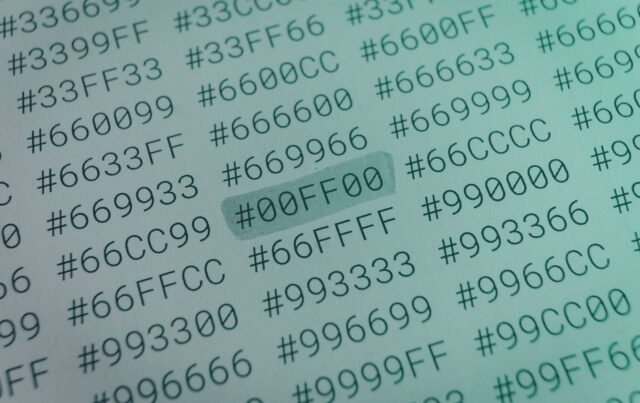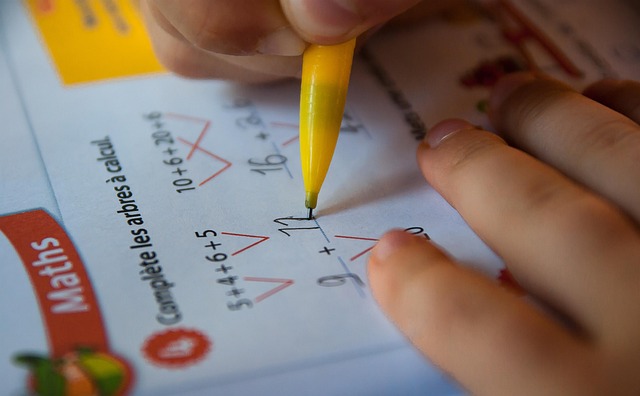Introduction to the Binary–Decimal–Hex Converter
Understanding different number systems is a core skill in programming, digital electronics, and computer science. While people naturally think in decimal (base 10), computers operate in binary (base 2), and engineers often prefer hexadecimal (base 16) because it’s shorter and easier to read. Moving between these systems can be tricky, especially when negative or very large numbers are involved.
This online Binary–Decimal–Hex Converter makes conversions quick and effortless. Simply type a value into one field, and the other two will update instantly. It can process negative values, extremely large integers (thanks to BigInt support in modern browsers), and even lets you display binary output in 4-bit groups for clarity.
Whether you’re a student learning digital logic, a software developer troubleshooting low-level code, or a hardware hobbyist experimenting with microcontrollers, this calculator reduces mistakes and saves valuable time.
Number systems explained: binary, decimal, and hexadecimal
Working with digital systems requires an understanding of how numbers are represented and converted. Humans are used to the decimal system, but machines communicate in binary. To make binary easier to interpret, programmers and engineers often turn to hexadecimal.
In this guide, we’ll cover the basics of each system, how they relate to one another, and why tools like the Binary–Decimal–Hex Converter are so useful in both classrooms and professional work.
The decimal system
Decimal is the everyday numbering system used by humans. It has a base of 10 and uses the digits:
0, 1, 2, 3, 4, 5, 6, 7, 8, 9
Each position represents a power of 10. For instance:
345 = (3 × 10²) + (4 × 10¹) + (5 × 10⁰)
This makes sense to us, but it’s not efficient for circuits that only deal with two electrical states.
The binary system
Binary uses base 2, so only two symbols exist:
0 and 1
Each bit stands for a power of 2. Example:
1011₂ = (1 × 2³) + (0 × 2²) + (1 × 2¹) + (1 × 2⁰)
= 8 + 0 + 2 + 1 = 11₁₀
Computers rely on binary because it perfectly maps to two stable electronic states:
0 → low voltage / OFF
1 → high voltage / ON
The hexadecimal system
Hexadecimal is base 16, with digits:
0–9 and A–F
The letters represent values from 10 to 15:
A = 10, B = 11, F = 15
Each position corresponds to a power of 16. Example:
2F₁₆ = (2 × 16¹) + (15 × 16⁰)
= 32 + 15 = 47₁₀
Why hexadecimal?
Binary strings get unwieldy very quickly:
11111111₂ = 255₁₀ = FF₁₆
This is why hex is used in:
-
memory addressing (e.g., 0x7FFF)
-
low-level programming and machine code
-
color values in web design (#FF0000 = red)
Conversion methods
Binary ↔ Decimal
-
Binary → Decimal: multiply each bit by its power of 2 and add them up.
-
Decimal → Binary: repeatedly divide by 2, recording remainders from bottom to top.
Example: 25₁₀ = 11001₂
Decimal ↔ Hexadecimal
-
Decimal → Hex: divide by 16, convert remainders to hex digits, continue until 0.
47₁₀ = 2F₁₆ -
Hex → Decimal: multiply each digit by the matching power of 16, then sum.
Binary ↔ Hexadecimal
Since 1 hex digit = 4 bits, this is the simplest conversion.
1010₂ = A₁₆
1111₂ = F₁₆
Example: 11010111₂ → group as 1101 0111 = D7₁₆
Where conversions are used
Number system conversions are vital in:
-
Computer science – understanding processor logic
-
Networking – IP addressing and subnetting
-
Programming – working with colors, machine code, bitwise operations
-
Electronics – circuit design, embedded systems
-
Education – teaching digital logic fundamentals
Why use an online converter?
Doing conversions by hand teaches the concepts but is slow and prone to mistakes. An online converter offers:
-
instant answers
-
negative number support
-
compatibility with very large integers
-
neat grouping of binary into nibbles
That makes it ideal for students, teachers, engineers, and developers alike.
Summary
The three main systems serve different purposes:
-
Decimal – natural for human use
-
Binary – required for computers and circuits
-
Hexadecimal – compact representation of binary data
Knowing how to move between them is essential for working in digital fields. With the Binary–Decimal–Hex Converter, you can streamline your work, avoid errors, and strengthen your understanding of how digital systems function.
Frequently asked questions
How do binary, decimal, and hex differ?
-
Binary: base 2, digits 0 and 1
-
Decimal: base 10, digits 0–9
-
Hexadecimal: base 16, digits 0–9 plus A–F
Why is binary used in computers?
Because hardware circuits can reliably represent two states — on/off or high/low voltage.
Why do programmers prefer hex over binary?
Hex is shorter, easier to read, and each hex digit equals exactly four binary digits.
How can I convert decimal to binary by hand?
Keep dividing by 2, track the remainders, then read them from bottom to top.
What’s the quickest way to convert binary to hex?
Split the binary into groups of four bits and replace each group with its hex equivalent.
What is a nibble?
A nibble is 4 bits — half of a byte. One hex digit corresponds to one nibble.
Does this converter handle negative values?
Yes, it supports both negative and very large numbers through BigInt.
Where do we use these conversions in practice?
In computing, networking, electronics, programming, web design, and education.
Image(s) used in this article are either AI-generated or sourced from royalty-free platforms like Pixabay or Pexels.
Did you enjoy this article? Buy me a coffee!





